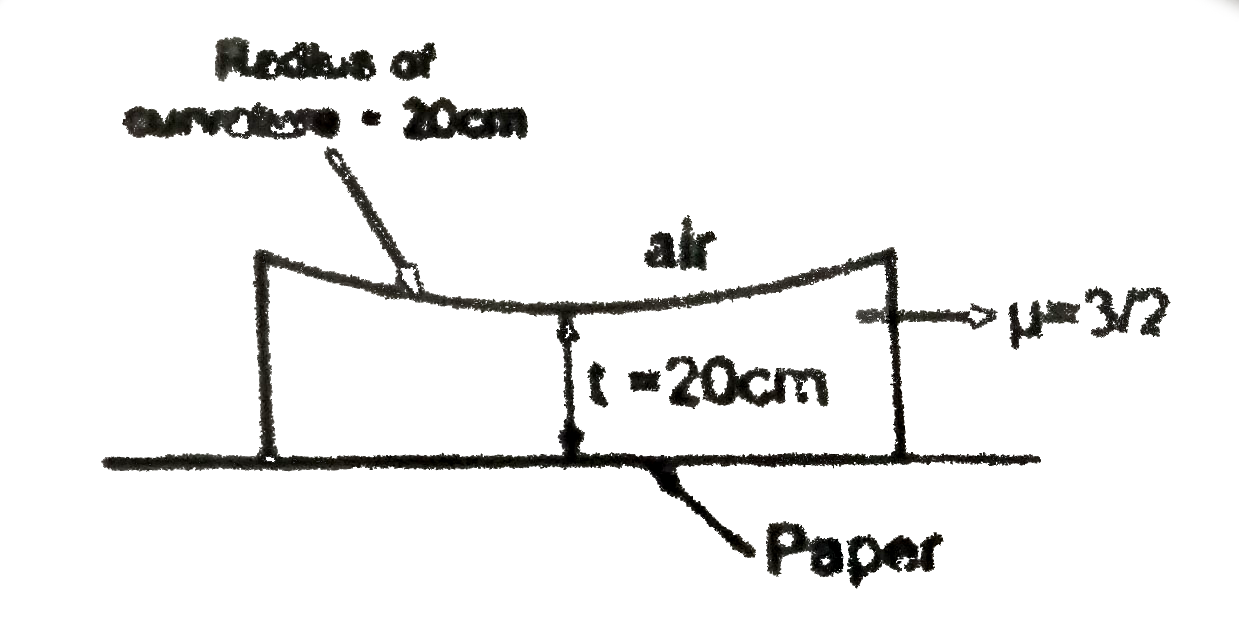An infloresence appearing like a flower which is not recemose is
umbel
corymb
cyathium
capitulum
The correct Answer is:c
To solve the question "An inflorescence appearing like a flower which is not racemose is:", we can follow these steps:
1. Understand the Types of Inflorescence:
- Inflorescence can be broadly categorized into two types: racemose and cymose.
- Racemose inflorescence has a main axis that continues to grow and produces flowers along its length (e.g., raceme, spike).
- Cymose inflorescence has a main axis that terminates in a flower, leading to a limited growth of the main axis (e.g., cyme).
2. Identify the Given Options:
- The question asks for an inflorescence that appears like a flower but is not racemose.
- The options provided include types of inflorescence such as umbel, corymb, scythe, and capitulum.
3. Analyze the Options:
- Umbel: This is a racemose type where flowers arise from a common point, resembling an umbrella.
- Corymb: This is also a racemose type where flowers are arranged on different levels, leading to a flat-topped appearance.
- Scythe: This is a special type of inflorescence but does not fit the description of appearing like a flower.
- Capitulum: This is a type of inflorescence that appears flower-like and is characterized by a flattened peduncle with many small sessile flowers (florets) arranged in a head-like structure.
4. Conclusion:
- Since the question specifies that the inflorescence should not be racemose and should appear like a flower, the correct answer is Capitulum.
- Examples of capitulum include sunflower, chrysanthemum, and zinnia, which are all part of the family Compositae.
Final Answer:
The inflorescence appearing like a flower which is not racemose is Capitulum.
---
- Inflorescence can be broadly categorized into two types: racemose and cymose.
- Racemose inflorescence has a main axis that continues to grow and produces flowers along its length (e.g., raceme, spike).
- Cymose inflorescence has a main axis that terminates in a flower, leading to a limited growth of the main axis (e.g., cyme).
- The question asks for an inflorescence that appears like a flower but is not racemose.
- The options provided include types of inflorescence such as umbel, corymb, scythe, and capitulum.
- Umbel: This is a racemose type where flowers arise from a common point, resembling an umbrella.
- Corymb: This is also a racemose type where flowers are arranged on different levels, leading to a flat-topped appearance.
- Scythe: This is a special type of inflorescence but does not fit the description of appearing like a flower.
- Capitulum: This is a type of inflorescence that appears flower-like and is characterized by a flattened peduncle with many small sessile flowers (florets) arranged in a head-like structure.
- Since the question specifies that the inflorescence should not be racemose and should appear like a flower, the correct answer is Capitulum.
- Examples of capitulum include sunflower, chrysanthemum, and zinnia, which are all part of the family Compositae.
The inflorescence appearing like a flower which is not racemose is Capitulum.
Topper's Solved these Questions
- INFIORESCENCEBOOK - DINESH PUBLICATION ENGLISHCHAPTER - INFIORESCENCEEXERCISE - check your grasp
10 Videos
- HUMAN REPRODUCTIONBOOK - DINESH PUBLICATION ENGLISHCHAPTER - HUMAN REPRODUCTIONEXERCISE - MCQ
770 Videos
- INTRODUCTION BOOK - DINESH PUBLICATION ENGLISHCHAPTER - INTRODUCTION EXERCISE - CYG
10 Videos
Similar Questions
Knowledge Check
_________inflorescence is a compact spike-like inflorescence with small unisextual flowers.
ASpikeBCorymbCCatkinDUmbel
Infloresence of liliaceae is
View SolutionIn Snapdragon, a cross between true-breeding red flowered (RR) plants and true -breeding white flowered (rr) plants showed a progeny of plants with all pink flowers.
(a) The appearance of pink flowers is not known as blending. Why ?
(b) What is the phenomenon known as ?
View SolutionEpithelial tissue with thin flat cells appearing like packed tiles occurs on : -
View SolutionEpithelial tissue with thin flat cells appearing like packed tiles occurs on
View SolutionIn Snapdragon, a cross between true-breeding red flowered (RR) plants and true -breeding white flowered (rr) plants showed a progeny of plants with all pink flowers.
(a) The appearance of pint flowers is not known as blending. Why ?
(b) What is the phenomenon known as ?
View SolutionIn the given figure a plano-concave lens is placed on a paper on which a flower is drawn. How far above its actual position does the flower appear to be ?

View SolutionLeaf in the axil of which flower arises
View Solution
